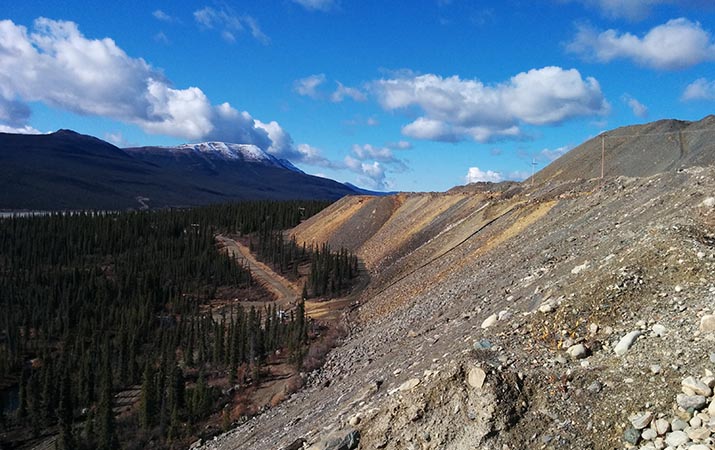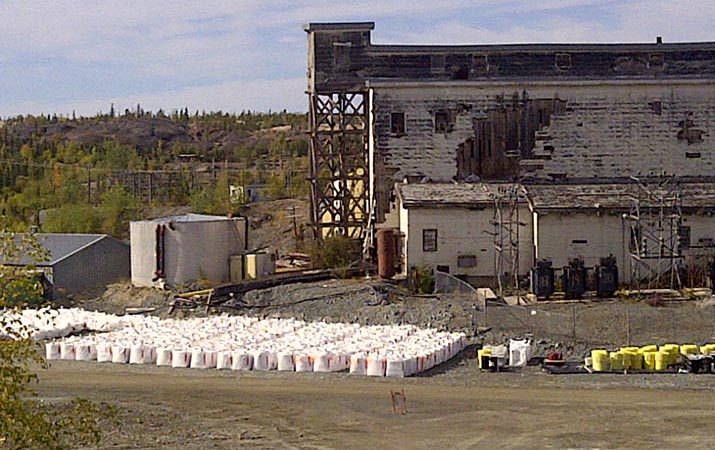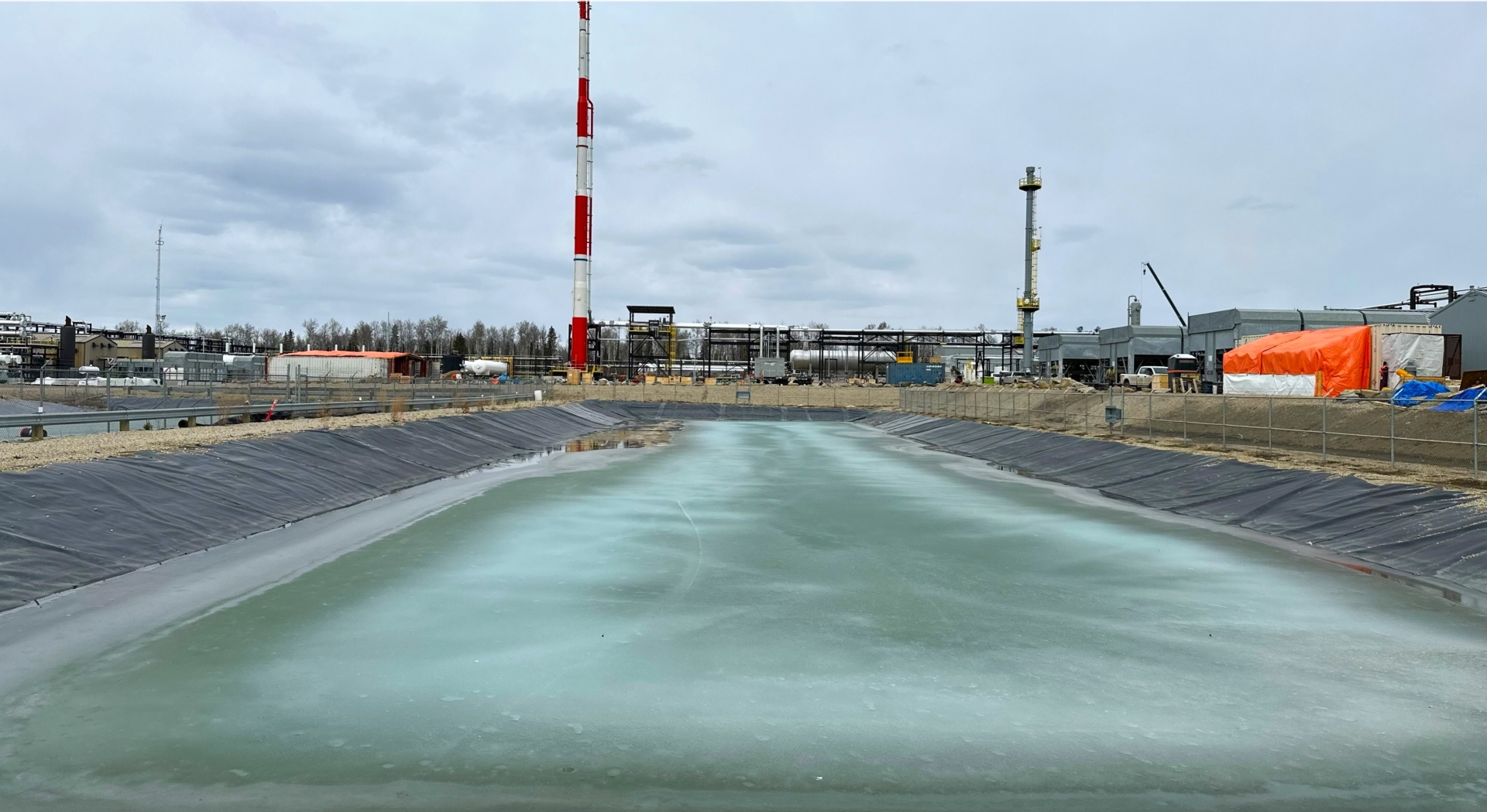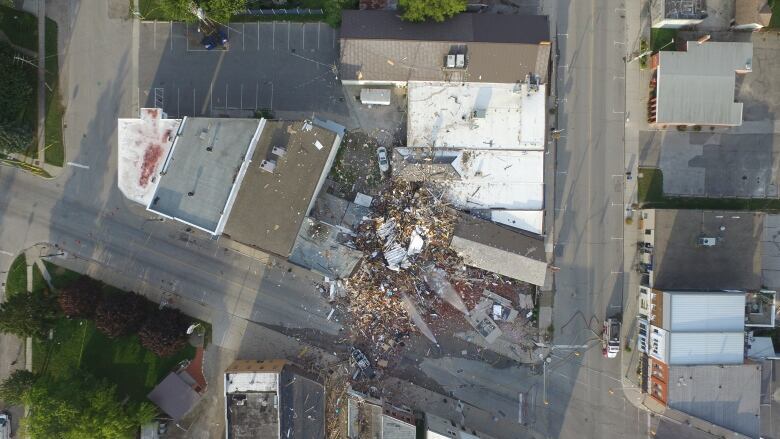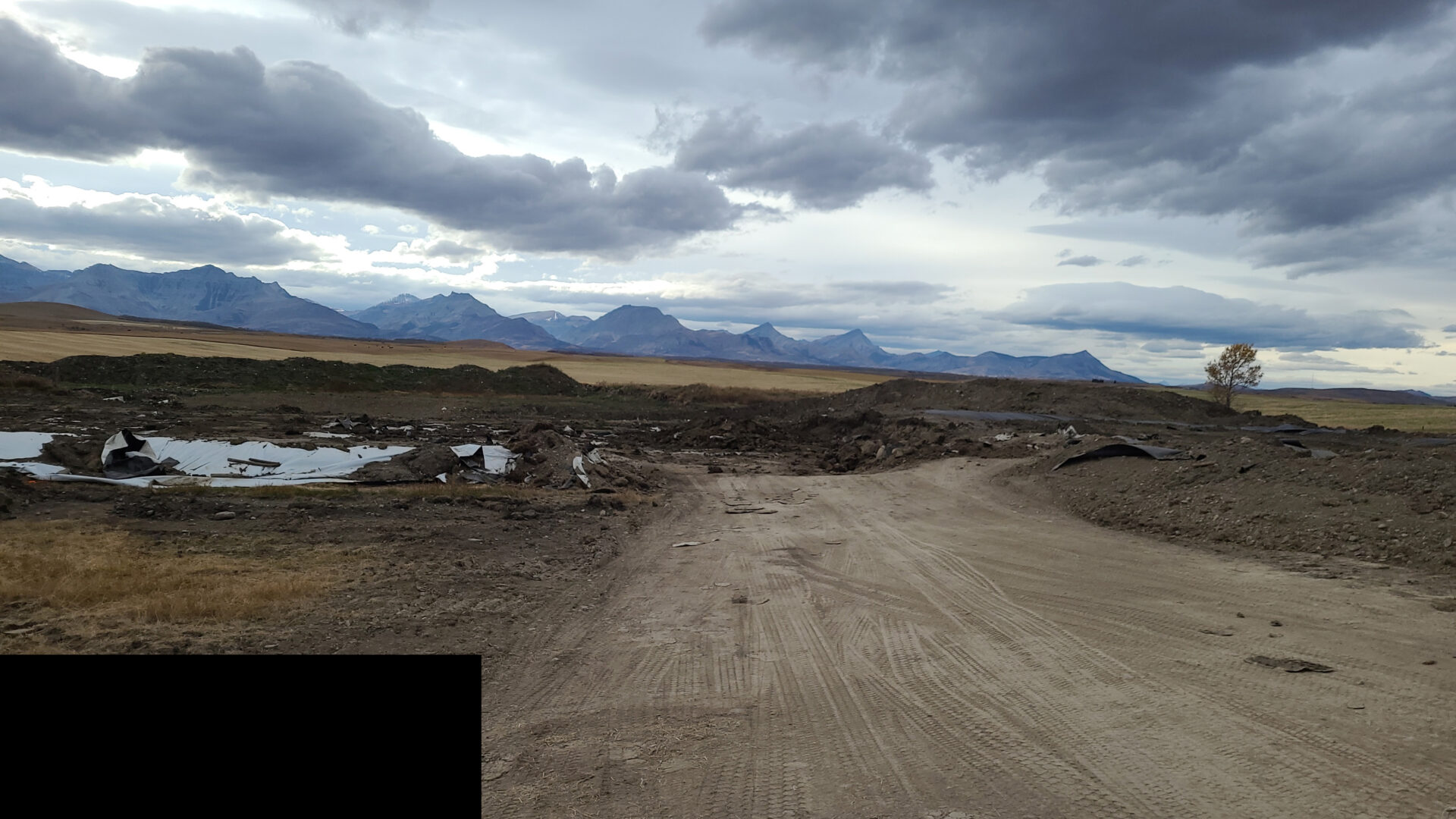Who loved making roads, hills, and tunnels in the sandbox for their matchbox, mattel, or hot wheels dinky toys? Yup, I was one of them, I made an entire city in my sandbox complete with a lake and a “work area” where I dug a big hole and hauled clay chunks to my mother’s flower bed! That is until my mother got fed up with trying to plant flowers in clay, not to mention walking through the mud tracks stretched across the otherwise clean driveway. Little did I know at that time I would become a miner someday.
What an important industry mining is, and how important it is that it’s operated in a safe and environmentally sound manner. From mining coal to drilling for helium, Saskatchewan remains a world-class hotbed for all things minerals. As stated by the Canadian government, there are 31 critical minerals essential for a growing population, global security, and a low-carbon future. The province of Saskatchewan is home to 23 of those minerals…..and Gainer the Gopher. Lithium, copper, cobalt, nickel, zinc, and rare earth elements (REE) to name but a few, and let’s not forget the largest producer of potash, leading global producer of uranium, and Canada’s largest producer of helium.
In the past, exploration activities and mining operations were not regulated to the extent they are today. Exploration sites and mining operations were abandoned with little, if any, regard to public safety, environmental protection, or aesthetics. Prior to the 1980’s, many sites in Saskatchewan were abandoned with no closure activities or regulatory oversight by the province. It wasn’t until the late 1980’s that the province introduced a remedial action program to identify abandoned mining operations in the province including hard rock mines in the north, and lignite coal mines in the south. As more research and studies on public safety and the environmental effects of abandoned mines were completed, more information became available. As a result, the consequences of such abandonments are now well recognized in the province and are the primary driver behind the rise of provincial regulations and guidance documents. The results-based regulations and guidance documents were developed in effort to support operatives in all phases of their development and ensure that mine sites are closed in a safe and sustainable manner. This also includes considerations with the development and implementation of a decommissioning and reclamation plan supported by an assurance fund.
Integral to operating a successful mining operation is the planning and management for mine closure. Decommissioning and reclamation plans will evolve over time, from the initial conceptual plan submitted as part of an environmental impact statement, to the final life of mine plan that is implemented as closure approaches. Once the decommissioning and reclamation activities are complete and the objectives have been met, the operator may request a release from further decommissioning and reclamation requirements from the Ministry of Environment (Minister). Subject to approval, the Minister may then release or refund a proportion of the assurance fund submitted in compliance with The Mineral Industry Environmental Protection Regulations, 1996 (MIEPR, 1996).
Mine closure and decommissioning projects provide a unique opportunity for mining and exploration companies to illustrate their commitment to public safety and sustainability through executing closure with the same degree of precision as daily mining operations. Although it’s not easy to specify when the closure of a mine should be implemented, all mines benefit from having a closure plan that is fully integrated and regularly updated, that assumes a realistic cost and that establishes the period in which to run it. Planning for mine closure is a complex process as it incorporates the decommissioning plan, land reclamation, and monitoring, while achieving the end land use requirements.
The results-based regulatory framework set out by the Minister is unique to Saskatchewan and requires unparalleled engagement by the stakeholder to ensure effective environmental management that aligns with a thriving economy. Understanding regulatory compliance in the mine closure space at arm’s length with qualified persons using evidence-based decision-making processes can achieve tangible results when it comes to closure certification, bonding release, and reinforcing environmental performance.
Thanks for reading, and Go Riders!
Clayton

About the Author
Clayton Stenhouse, B.Sc., P.Ag., Manager, SE Saskatchewan Environmental Services
Clayton Stenhouse is a registered Professional Agrologist with the Saskatchewan Institute of Agrologists with over 15 years helping O&G and mining companies achieve environmental and regulatory compliance. Specializing in environmental compliance, Clayton uses that experience to assist companies with attaining environmental regulatory operating approvals and provincial reclamation certification and ultimately gaining successful closure of assets and facilities while preserving environmental stewardship goals.







